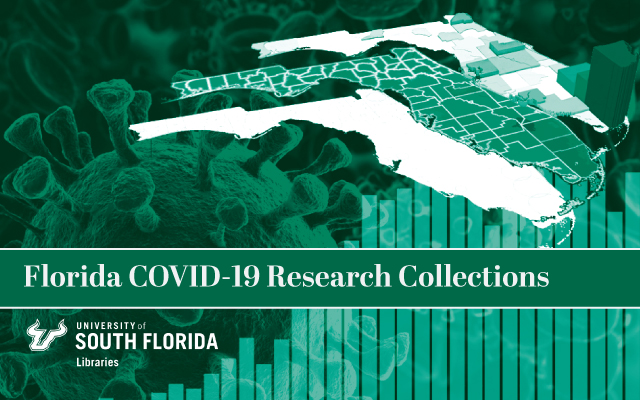
All publications
Evaluating the Impact of Mobility on COVID-19 Pandemic with Machine Learning Hybrid Predictions
Document Type
Article
Publication Date
3-2021
Keywords
Pandemic, County-level, Forecasting, Lockdown, Re-opening
DOI
https://doi.org/10.1016/j.scitotenv.2020.144151
Abstract
COVID-19 pandemic had expanded to the US since early 2020 and has caused nationwide economic loss and public health crisis. Until now, although the US has the most confirmed cases in the world and are still experiencing an increasing pandemic, several states insisted to re-open business activities and colleges while announced strict control measures. To provide a quantitative reference for official strategies, predicting the near future trend based on finer spatial resolution data and presumed scenarios are urgently needed. In this study, the first attempted COVID-19 case predicting model based on county-level demographic, environmental, and mobility data was constructed with multiple machine learning techniques and a hybrid framework. Different scenarios were also applied to selected metropolitan counties including New York City, Cook County in Illinois, Los Angeles County in California, and Miami-Dade County in Florida to assess the impact from lockdown, Phase I, and Phase III re-opening.
Our results showed that, for selected counties, the mobility decreased substantially after the lockdown but kept increasing with an apparent weekly pattern, and the weekly pattern of mobility and infections implied high infections during the weekend. Meanwhile, our model was successfully built up, and the scenario assessment results indicated that, compared with Phase I re-opening, a 1-week and a 2-week lockdown could reduce 4%–29% and 15%–55% infections, respectively, in the future week, while 2-week Phase III re-opening could increase 16%–80% infections. We concluded that the mandatory orders in metropolitan counties such lockdown should last longer than one week, the effect could be observed. The impact of lockdown or re-opening was also county-dependent and varied with the local pandemic. In future works, we expect to involve a longer period of data, consider more county-dependent factors, and employ more sophisticated techniques to decrease the modeling uncertainty and apply it to counties nationally and other countries.
Citation / Publisher Attribution
Science of The Total Environment, v. 758, art. 144151
Scholar Commons Citation
Kuo, Cheng-Pin and Fu, Joshua S., "Evaluating the Impact of Mobility on COVID-19 Pandemic with Machine Learning Hybrid Predictions" (2021). All publications. 34.
https://digitalcommons.usf.edu/usf_fcrc_all/34


Comments
Article available for free at PubMed Central: https://www.ncbi.nlm.nih.gov/pmc/articles/PMC7837279/